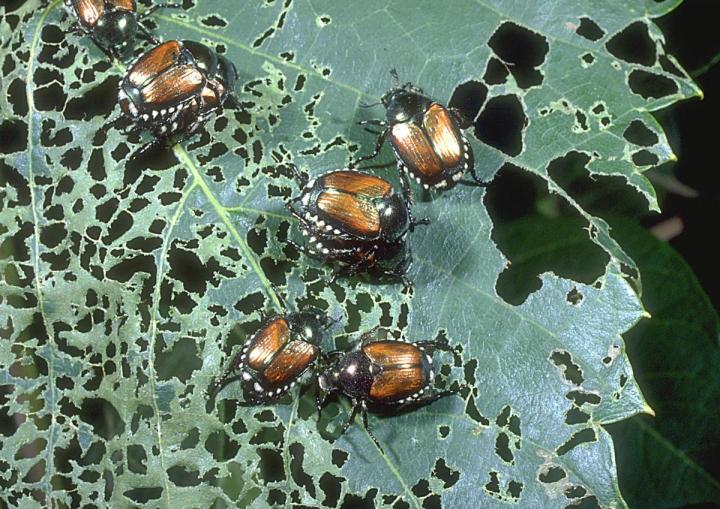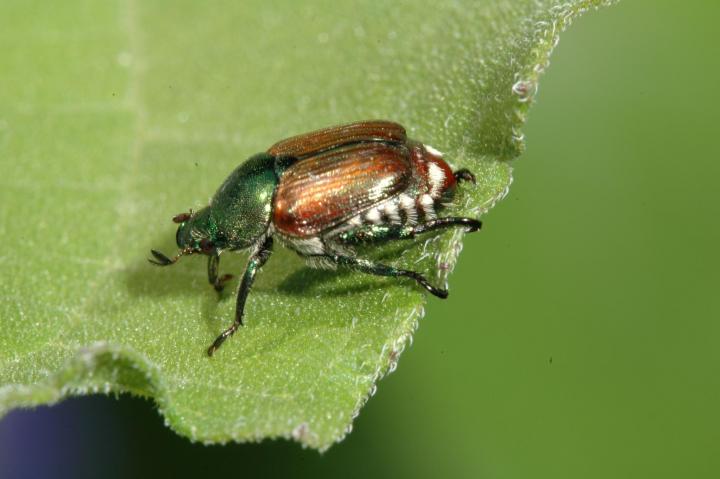
Use these tips to get rid of Japanese beetles.
How to Get Rid of Japanese Beetles in the Garden
ADVERTISEMENT
I had an awful problem with these beetles on my plumb trees and ended up resorting to beetle traps. I now have Crape Myrtles and wonder what's the things to try IF these beetles like these trees. Upstate SC
I live in. Denver Colorado .The last few years these beetles have been everywhere. They destroyed my Rose of Sharon and various roses. So last year, I enjoyed my glorious first bloom in June, but when they showed up in July I took your advice. I picked the buds as soon as I saw them. I basically missed my 2nd summer bloom . But,this spared my beautiful Roses. They hadnt looked this good in years and the beetles stayed away for the most part. When my 3rd bloom started end of Aug it was glorious and the whole bushes never looked so good. Thanks again
thanks for the tips about Japanese beetles! I will try the Neem oil.
I plant garlic around my roses and hardy hibiscus to keep them away. I then have garlic bulbs to eat in the winter.
My plants have only been attacked by Japanese Beetles twice - the first time they literally ate the Hardy Hibiscus down to a skeleton. I was amazed at the damage they did. A few years later they ate the leaves off of the Weeping Cherry. Thankfully they aren't a yearly problem in my area.

 Photo Credit:
Photo Credit:  Photo Credit: Jeff Hahn, University of Minnesota. Sometimes the easiest way to get rid of Japanese beetles is to pick them off the plants before they do too much damage.
Photo Credit: Jeff Hahn, University of Minnesota. Sometimes the easiest way to get rid of Japanese beetles is to pick them off the plants before they do too much damage.







Comments